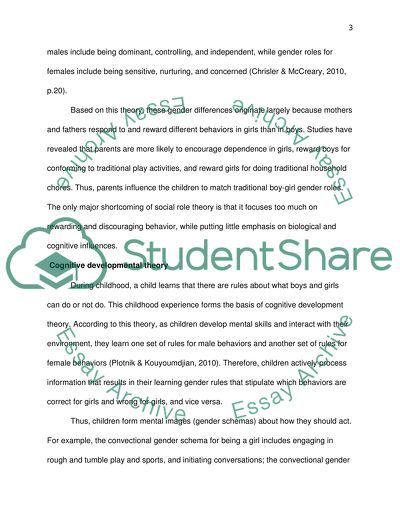Cite this document
(“Theories of Gender Development Essay Example | Topics and Well Written Essays - 1250 words”, n.d.)
Retrieved de https://studentshare.org/psychology/1436161-theories-of-gender-development-in-particular-how
Retrieved de https://studentshare.org/psychology/1436161-theories-of-gender-development-in-particular-how
(Theories of Gender Development Essay Example | Topics and Well Written Essays - 1250 Words)
https://studentshare.org/psychology/1436161-theories-of-gender-development-in-particular-how.
https://studentshare.org/psychology/1436161-theories-of-gender-development-in-particular-how.
“Theories of Gender Development Essay Example | Topics and Well Written Essays - 1250 Words”, n.d. https://studentshare.org/psychology/1436161-theories-of-gender-development-in-particular-how.


